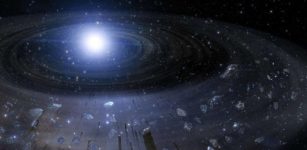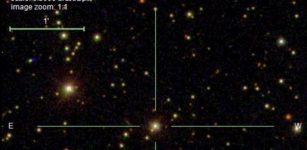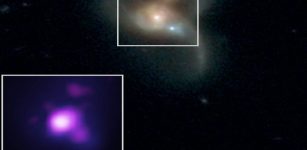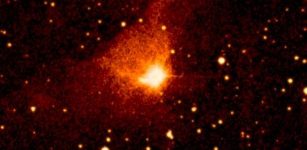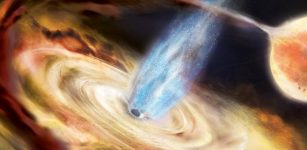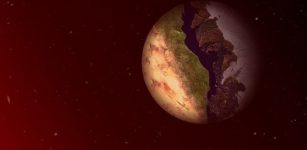Huge Black Hole With A Mass Of 17 Billion Suns Found In A Sparse Area Of Universe
MessageToEagle.com – A near-record supermassive black hole discovered in a sparse area of the local universe indicate that these monster objects may be more common than once thought, according to UC Berkeley astronomers.
Until now, the biggest supermassive black holes — those with masses at or near 10 billion times that of our sun — have been found at the cores of very large galaxies in regions loaded with other large galaxies.
The current record holder, discovered in the Coma Cluster by the UC Berkeley team in 2011, tips the scale at 21 billion solar masses and is listed in the Guinness Book of World Records.
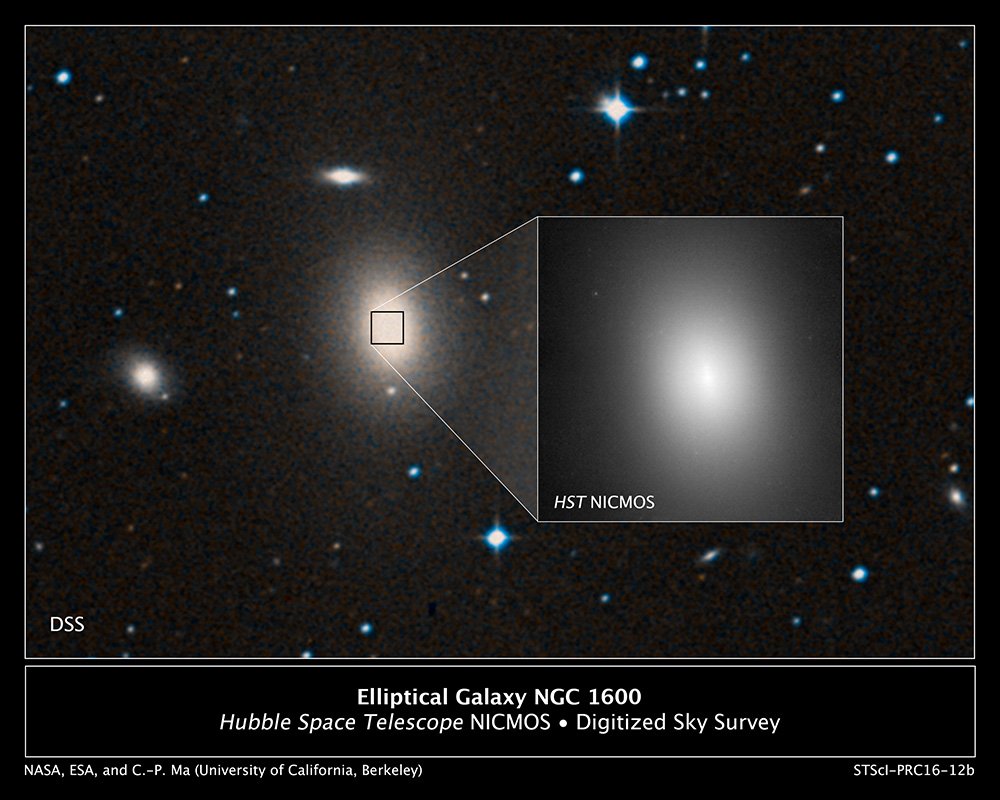
“The newly discovered black hole is in a galaxy, NGC 1600, in the opposite part of the sky from the Coma Cluster in a relative desert, said lead discoverer Chung-Pei Ma, a UC Berkeley professor of astronomy, in a press release.
While finding a gigantic black hole in a massive galaxy in a crowded area of the universe is to be expected but it seemed less likely they could be found in the universe’s small towns.
“Rich groups of galaxies like the Coma Cluster are very, very rare, but there are quite a few galaxy groups the size of NGC 1600 and its satellites,” Ma said.
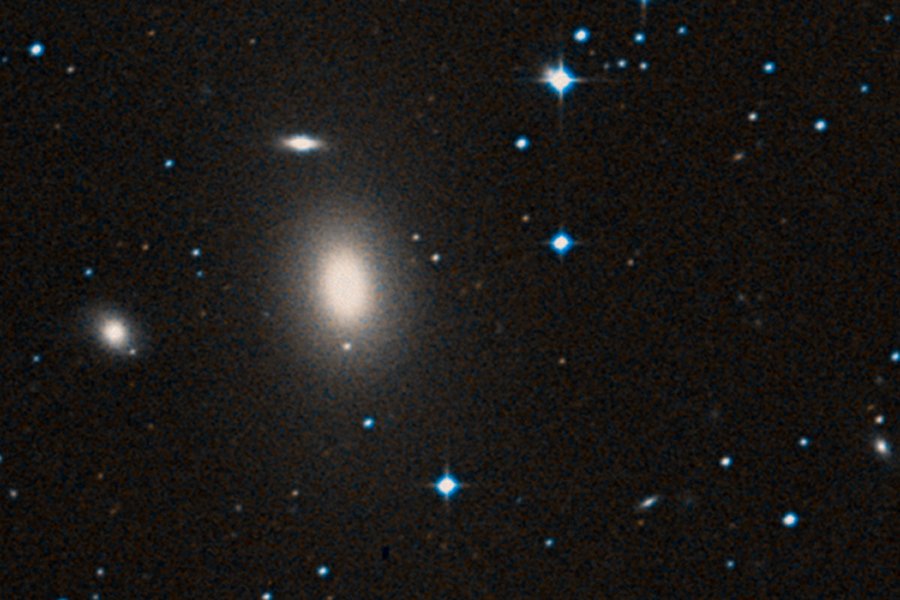
“So the question now is, ‘Is this the tip of an iceberg?’ Maybe there are a lot more monster black holes out there that don’t live in a skyscraper in Manhattan, but in a tall silo somewhere in the Midwestern plains.”
The black hole discovered in 2011 in the galaxy NGC 4889 in the Coma Cluster was estimated to have an upper limit of 21 billion solar masses, its range of possible masses was large: between 3 billion and 21 billion suns.
The stars around the center of NGC 1600 are moving as if the black hole were a binary.
“Somehow the stars have been scared away from the center of very massive galaxies, and either were afraid to come in, or came in and got kicked out,” Ma said. The stellar orbits around the center of NGC 1600 indicate the latter, which “may be support for a binary black hole formed by a merger.”
The black hole at the centre of NGC 1600 has a mass of 17 billion solar masses and is located about 200 million light-years from Earth in the direction of the constellation Eridanus.
The findings were published in the journal Nature.
MessageToEagle.com
Expand for references
![The central region of the Tarantula Nebula in the Large Magellanic Cloud. This newly-formed star cluster (R136) is forming stars rapidly enough that the cosmic phenonmenon studied may operate here [Credit: NASA, ESA, P Crowther (University of Sheffield)]](https://www.messagetoeagle.com/wp-content/uploads/2018/11/starscosmphenom17-307x150.jpg)

